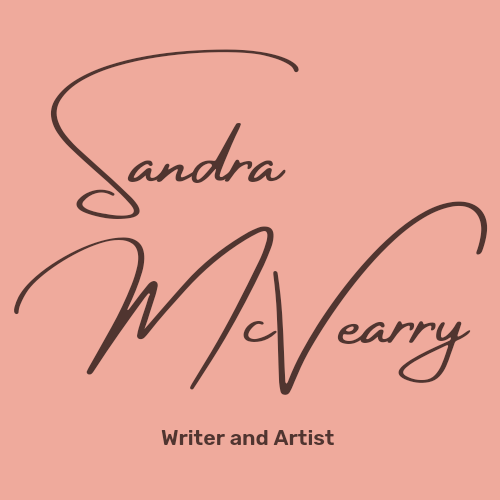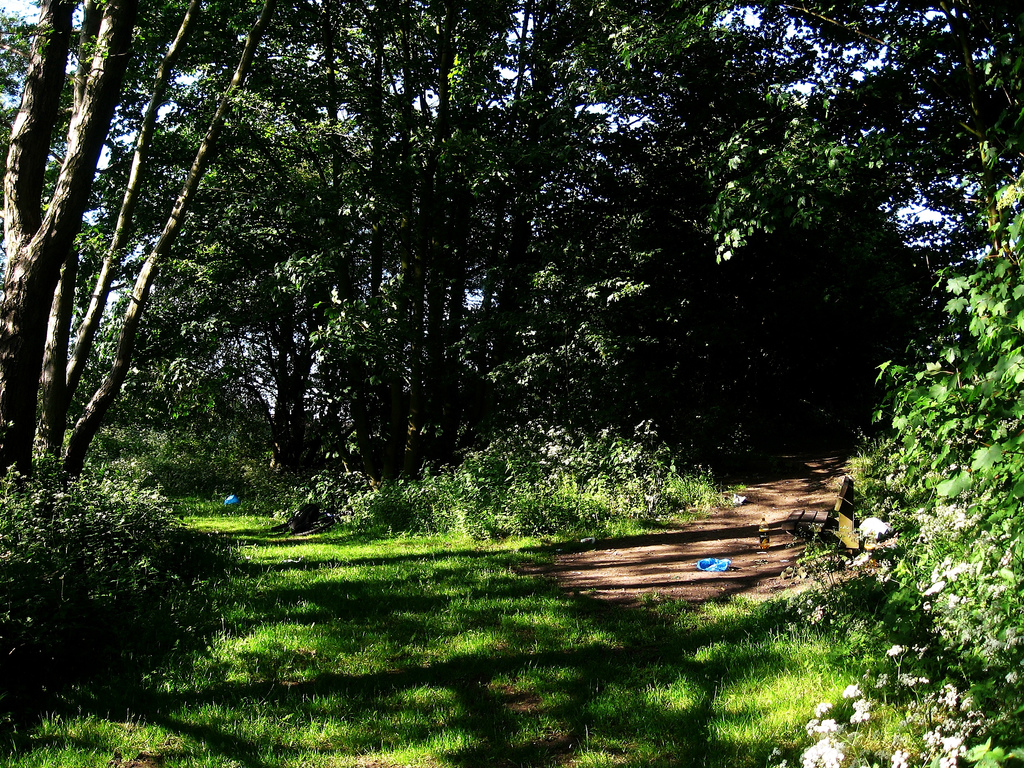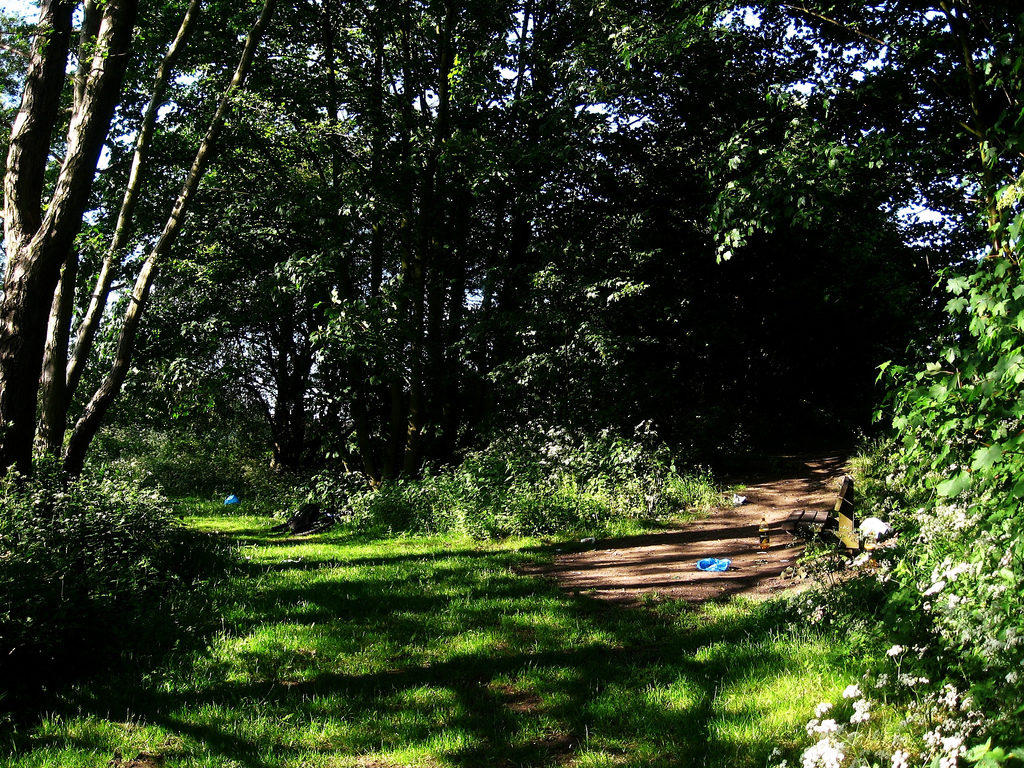Or
“Not So Fast, Gumshoe, You Have Much to Learn”
It’s been a bit since my first post on writing. Why? I’ve been busy writing my first children’s book and reading up on publishing options at every chance I get. Writing the story has been the easiest part of this task so far, and that’s saying something. Anyone who writes knows that even the shortest of stories or poems takes multiple drafts and revisions. Quick and easy are not synonymous with any writing project. Add in the extra element of deciding to be my own illustrator, and you can see how I’ve been one very busy person lately. I was pondering Robert Frost’s famous poem, “The Road Not Taken,” today before I started writing this because where I’m at in the stage of the planning for my book and deciding which publishing path to go down feels much like a “six one way, half dozen the other way” kind of decision. Each path works. Choosing which one and actually setting off down that particular one is the problem!
I can’t speak to others and their process, but from what I’m finding from online searches on starting out as an author and illustrator, I’ve taken an unusually difficult path. Almost all of the advice I can find for anyone seeking to start in the children’s book world (which is overly saturated as a market, so standing out for the right reasons is essential to success) is to choose one path or the other (author or illustrator, but not both) if you hope to find a literary agent and make yourself marketable to publishing houses via a more “traditional” path. The consensus appears that traditional publishing houses are more likely to take a chance on an unknown author with a great story if they can hedge their bets a bit by pairing you and your story with one of their trusted artists. This makes sense because of the significant investment they are making in you and your story. Why trust an artist who doesn’t already have a following when they KNOW they’ve got an artist with a fan following who can bring that base to your story? What if your art really isn’t up to par with your story and hinders its chances? Are you willing to separate the two?
Based on some of the blogs and articles I’ve read over the past few weeks, I determined that the only way to find out if I could handle separating my story from myself was to go ahead and begin illustrating it. I had read that if I did want to shop my story out in the traditional method, that as author/illustrator, I would need to prove I have a solid product to any potential literary agents and publishing houses. I would need to have what is called a “dummy” book mocked up, plus two samples of finished artwork for the book, and the manuscript. I figured that following this process was worth it because it wouldn’t create double the work. If I decide to self publish, then I would have to go through this part of the process anyway.
So, that’s what I’ve been up to. I have been studying the books in my kids’ bookshelves as much as I can. I took my favorites for look, layout, and design and counted pages, noted text and how it was incorporated, and then determined how I needed to set up my manuscript to make it flow with the look I wanted for the book.
The result of this time studying other books was yet one more draft of the story and the creation of a story board for the entire book that is on two pages of 18 x 24” newsprint on my wall. I use this story board as my guide as I create the drafts of my illustrations. The standard children’s book is 32 pages total. This total includes your title page, copyright page, all of the illustrations, etc. If it needs to be longer or shorter, this would be done in multiples of eight because of how books are made. It’s been interesting reading as I learn all of this. So, shorter would yield you 24 pages, and longer would yield you 40. Neither option is the standard though. 32 is the standard. I had researched the minimum standards for children’s books months ago, and kept that 32 page standard in my mind as I wrote. So, as I finished the typed manuscript (which is still getting minor tweaks here and there as the illustrations are finished and show me where a word or two may need changing), I had page breaks and future set-up already built in.
I wrote for flow and for cues for the illustrations. I wanted the visual cues to be in there, because as the mother to a pre-reader and an emerging reader, I know just how valuable it is to have the vocabulary from the story represented in the actual images used. Also in my mind as I wrote was that I wanted to use simple sentence structure and repetition, with complex sentences adding occasional spice here and there. Again, this is largely with the intention to help early readers, but I think it also valuable as a narrative tool. My goal is to tell an engaging story, but as a mother and a former teacher, I’m trying to incorporate learning tools to empower and engage my target audience.
It sounds so simple to say that you’re going to write a children’s book. But, in practicality, it is no simple task. There is a mindfulness to it that needs to be there the same as for any good piece of writing. I have read plenty of children’s books that really weren’t that good. The writing had no flow, the stories were more preachy than engaging, the story and illustrations seemed to be at odds with each other, etc. That said, I’ve read countless children’s books that are done well. They engage the kids. They use narrative tools and have solid plot development. The illustrations are an extension of the story and give something to pre-readers to connect with and to emerging readers to draw clues to the words from. Above all else though? I want to make my readers laugh. The book I’m working on is intentionally funny. I’ve found that my girls go back to the books that make them laugh more than any others. So, I’m taking a cue from them.
Now, back to the idea of self publishing. Why on earth am I considering it? Well, the simple answer is for full creative control over all aspects of this project. Why on earth am I still considering trying to find a literary agent and pursue the most likely futile path of shopping the book out with myself as illustrator and the unknown writer? The simple answer is because there is so very much that goes into having full creative and publishing control of your own book project. A part of me sincerely feels that even if it might take years to get my book picked up in a traditional way, that path is worth it in order to have a fully professional tone to the finished book. But, I have read that it is entirely possible to thoroughly do your homework on all aspects of book publishing and do the entire product yourself. It will take time and attention to details that I don’t even know about at this stage of the process. I refuse to self publish and turn out a subpar product.
So, as of now, I’m reading everything I can get my hands on about self publishing. I have to say, I’m glad the term “vanity press” isn’t coming up at all in my searches. Eight years ago when I first looked into self publishing options, it wasn’t looked upon very favorably and was often disparaged with the term “vanity press.” Is it ego stroking to self publish? Possibly, depending on the project (and we could argue the same about blogging), but I suspect the reason self publishing is so popular now is simply because there are so many of us out there with a story to tell who don’t want to hand over the reins and risk the integrity and authenticity of our stories as we intend them to be to editors and making the almighty dollar. My goal is to maintain the vision of the story as the piece of art I see it to be.
Now, all of this is just a tiny toe-dip into the mental waters my brain has been wading in lately. I plan to write more shortly about what I’m learning as I research self publishing. Topics for my next posts include what I’ve been learning about ISBN numbers, creating my own publishing imprint, building my brand, and my early considerations of the big two in printing self published material: Create Space and Ingram Sparks. I’m still reading and researching like crazy. I don’t know for sure yet that I will fully pursue self publishing, but I will not say it’s not a viable option and worth serious consideration. Because I’m creating a book with full color illustrations, I need to keep in mind the look of the finished product and determine that what will ultimately be printed actually represents the expectation of quality I have for full color illustrations.
I thought I was putting the cart ahead of my horse by beginning to research self publishing options so early into the illustrating process. Now, I see that I probably needed to start reading up on this sooner. You have so many decisions to make when you decide to self publish. The first time through this process is one heck of a reality check. The more I learn about it will help me to decide whether or not self publishing is the proper path for me and my book to take. I do know that if I do self publish in a certain way, I can still leave things open to eventually ending up with a traditional publishing house. That requires forethought in the choices I make now. I would need to strategically choose certain options over others in these early stages to place my book in a way that that is an option. This is no undertaking to consider lightly or not as fully informed as you can be.
This gumshoe is taking stock and thinking all the time. Will she throw in the towel just yet? Not a chance! Tune in next time for part two of this series.
Happy creating!
Sincerely,
Sandra Mac





